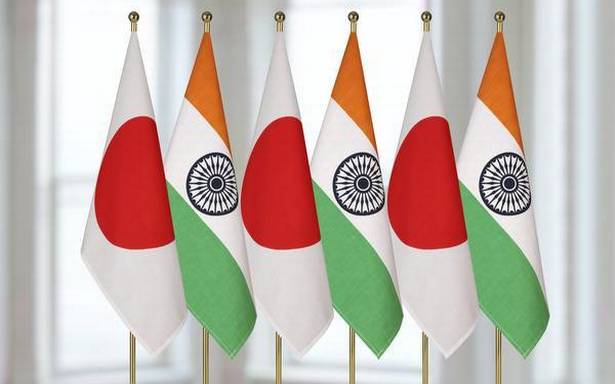The strength of the Indo-Japanese bilateral relationship is turning out to be an exemplar in the Indo-Pacific of what a meeting of minds backed by a commitment to do what it takes can achieve to produce tangible takeaways. Japanese Prime Minister Fumio Kishida, sworn in earlier this week, initiating long-distance talks with US President Joe Biden during which the former iterated that the Japan-USA alliance remains the cornerstone of Tokyo’s foreign policy while the latter underlined that the security treaty between the two nations applied to the Senkaku Islands (that China also claims) has been the focus of media attention. But the overarching theme of the conversation between Mr Kishida and Mr Biden was a robust articulation of their commitment to realizing a free and open Indo-Pacific region and an agreement to continue working together to respond to China’s attempts to unilaterally change the status quo in the East and South China Seas. Mr Kishida followed up his outreach to the US president with a call to Australian Prime Minister Scott Morrison in which the two leaders agreed to promote further cooperation under the Quad framework among Japan, Australia, India, and the USA. As if on cue, a day later, it was announced that the Indian and Japanese navies will participate in the 5th Japan-India Maritime Exercise (JIMEX) from 8-9 October.
The sequencing of these moves assumes significance given the chatter in strategic and diplomatic circles around the impact AUKUS ~ the trilateral military pact structured around the USA and UK facilitating the development and deployment of nuclear-powered submarines by Australia ~ would have on the Quad and its two members, Japan and India, which are not part of the new security alliance. As commentary in these columns has maintained, Tokyo and New Delhi are in tacit agreement on keeping the Quad structure as an alliance which covers trade and commerce, humanitarian assistance, and securing a rules-based Indo-Pacific.
That does not exclude military cooperation, as the announcement of the latest round of JIMEX and, earlier, the 25th Malabar Naval Exercises in which navies of all Quad member-states participated has shown. But Quad has been conceptualised as much more than merely a military alliance. Indeed, the Quad and AUKUS are strategically complimentary to each other.
Both Japan and India have shown praiseworthy prudence in the aftermath of AUKUS being rolled out. Neither nation has been provoked by ill-informed taunts into a knee-jerk emphasising of the security-military component of the Quad. The thinking within the policy establishment in both Tokyo and New Delhi is rightly conservative in the midst of geopolitical flux; both are conscious that it would be tactically unsound to place their countries in China’s direct line of ire, especially as it is only India and Japan of the Quad member-states that share borders (land and maritime, respectively) with China. Simultaneously, deepening security ties bilaterally and ensuring that military operations can be coordinated if the need arises makes sense. If a squeeze is to be put on China’s expansionist agenda, it is these optically fragmented but strategically coherent arrangements which have the best chance of producing the desired results.












